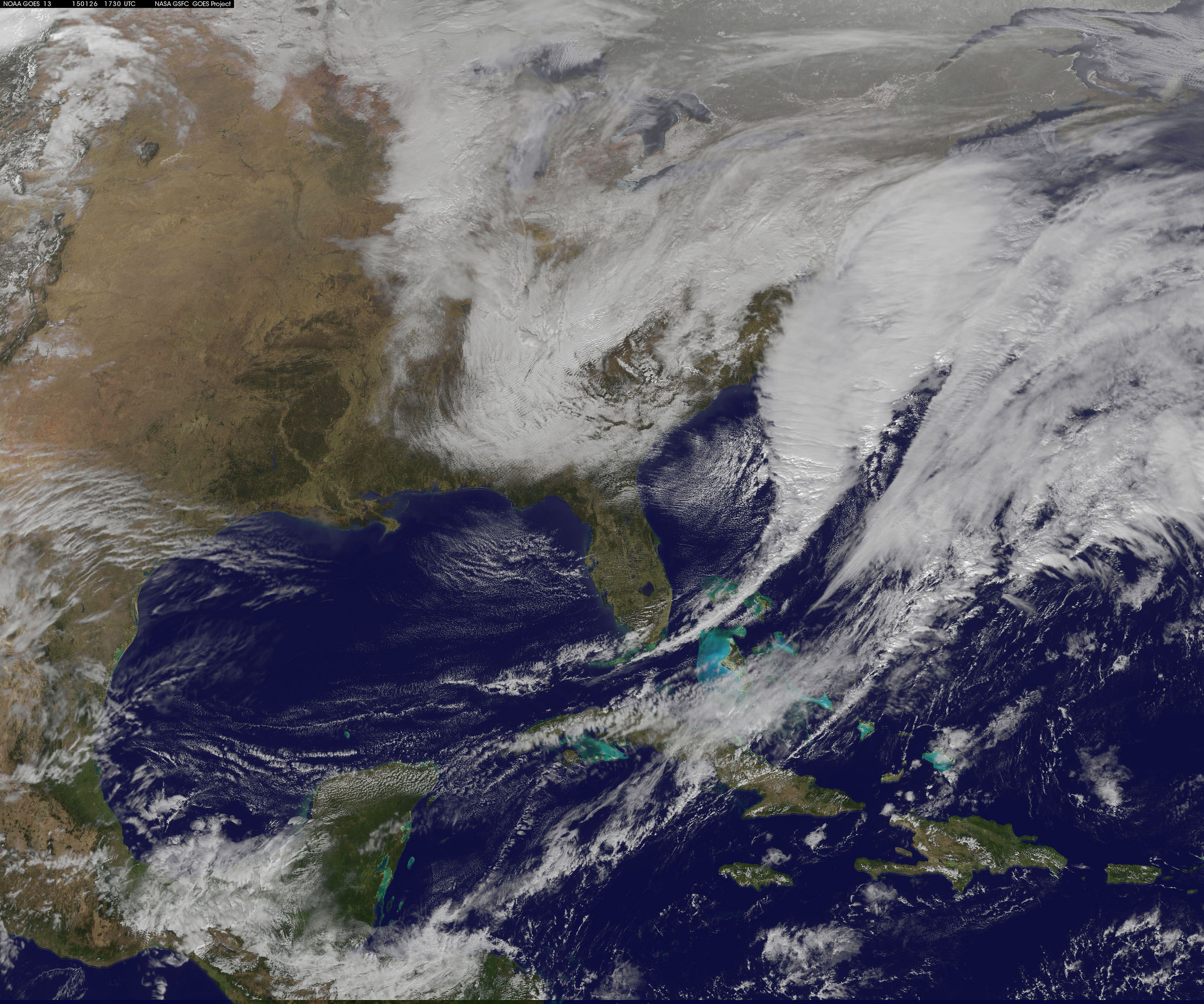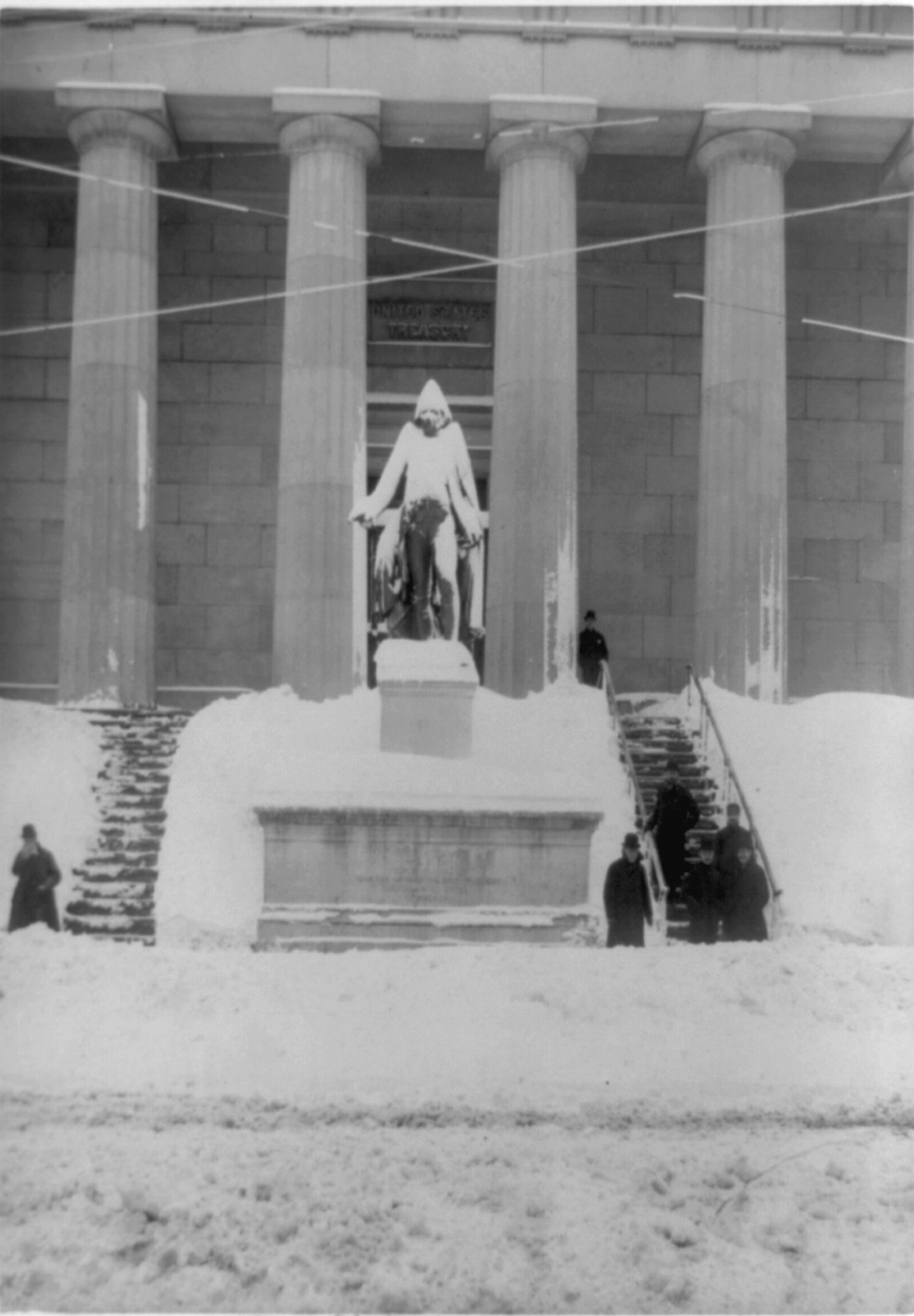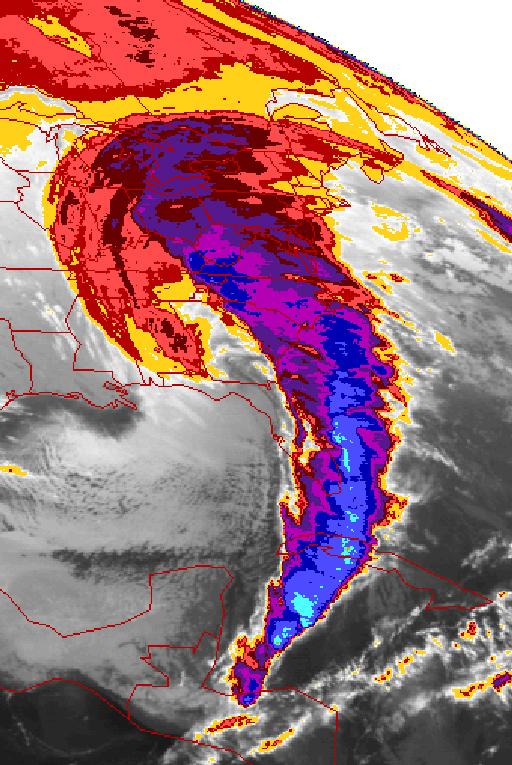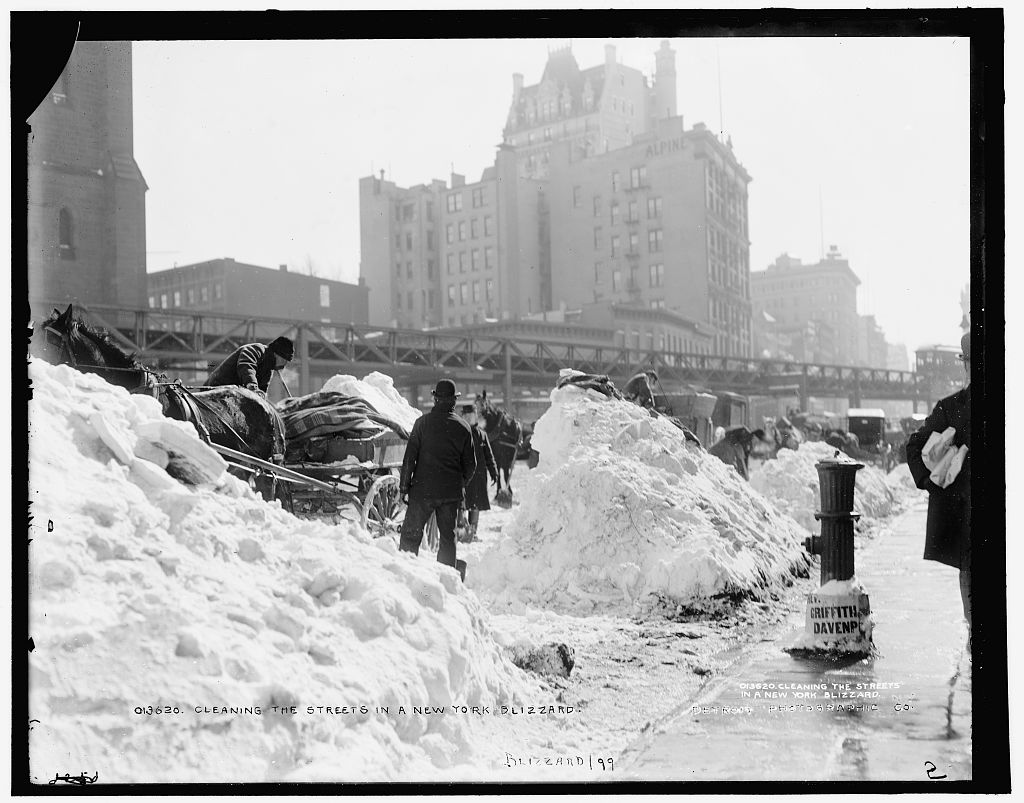Worst Northeast Snowstorms: How Does 'Juno' Compare?
The blizzard about to wallop the northeastern United States could bring record snowfall to New York and other areas, forecasters say. But how does it stack up against some of the region's worst snowstorms in history?
From the Great Blizzard of 1888, which piled more than 4 feet (1.2 meters) of snow on Connecticut, Massachusetts, New Jersey and New York, to the "Storm of the Century" in 1993, which spanned from Cuba to Canada, the Northeast has seen its share of snowy mayhem.
Here's a look at how this snowstorm stacks up against some of the Northeast's biggest snowstorms on record. [The 10 Worst Blizzards in US History]
'Blizzard of 2015'

The snowstorm that started to hit the Northeast this morning is expected to dump as much as 3 feet (about 0.9 m) of snow in parts of the region. This month's storm may be one of the worst in New York history, bringing as much as 2 feet (60 cm) of snow by Tuesday morning (Jan. 27), said forecasters, who called the storm "crippling and historic."
"This could be the biggest snowstorm in the history of New York City," said New York City Mayor Bill de Blasio, according to The New York Times.
The National Weather Service issued a blizzard warning for New York City and its surrounding suburbs, Long Island and most of southern Connecticut, from 1 p.m. EST Monday to midnight EST Tuesday. Temperatures will be in the lower 20s Fahrenheit (minus 6 to minus 4 degrees Celsius), with winds around 20 to 30 mph (32 to 48 km/h) and gusts of 45 to 55 mph (72 to 89 km/h), forecasters said.
Sign up for the Live Science daily newsletter now
Get the world’s most fascinating discoveries delivered straight to your inbox.
Great Blizzard of 1888

From March 11 to 12, 1888, a massive Nor'easter hit the northeast, from the Chesapeake Bay to Maine; 50 inches (127 cm) of snow fell in Connecticut and Massachusetts, and New Jersey and New York saw 40 inches (102 cm), according to the National Weather Service. New York City had 21 inches (53 cm) of accumulation — the third-largest amount on record. More than 400 people died in the disaster, making it the worst death toll from a winterstorm in U.S. history. The snow buried houses and trains, and strong winds sank 200 ships. (Image credit: Library of Congress)
North American Blizzard of 2006
The most snow to fall on New York City since the start of record keeping in 1869 was during a Nor'easter that hit on Feb. 11, 2006, when the city was buried under 26.9 inches (68.3 cm) of snow. On Feb. 13, 2006, heavy snow fell across the northeastern U.S., from Virginia to Maine, and reached into Atlantic Canada. Other major cities in the area received at least a foot (30 cm) of snow.
Storm of the Century

Also known as the Superstorm of 1993, the so-called "Storm of the Century" was both a blizzard and a cyclone. It stretched across the continent from Cuba to Canada, causing 310 deaths and $6.6 billion in damage. The South was shut down for three days because of the treacherous conditions. Despite the storm's brutality, the occasion marked the first time that the National Weather Service had successfully made a five-day forecast of a storm's severity. Leaders in some regions declared a State of Emergency even before the snow started. (Image credit: NASA)
Great Blizzard of 1899

A brutal winter storm shut down much of the East Coast, from Georgia to Maine, beginning on Feb. 11, 1899. The event brought record-low temperatures (some of which still stand), as well as record snowfall. Snow showers started in Florida and moved northward, totaling a whopping 20 inches (51 cm) in Washington, D.C. in one day, and a record (at the time) 34 inches (86 cm) in New Jersey. (Image credit: Library of Congress)
Blizzard of 1978
From Feb. 5 to 7, 1978, a Nor'easter gained strength off the mid-Atlantic coast, bringing strong winds and 1 to 3 feet of snow across the Northeast. Boston and Providence set snowfall records for the time — 27.1 inches (68.8 cm) and 27.6 inches (70.1 cm), respectively. The long-lasting snow was due to a high-pressure system over eastern Canada that kept the storm parked over New England, which also created hurricane-force winds in some regions, with gusts of 80 to 90 mph (129 to 145 km/h) from Boston to Cape Cod, Massachusetts.
Editor's Note: If you have an amazing photo from the upcoming snowstorm that you'd like to share for a possible story or image gallery, please contact managing editor Jeanna Bryner at LSphotos@livescience.com.
Follow Tanya Lewis on Twitter. Follow us @livescience, Facebook& Google+. Original article on Live Science.











